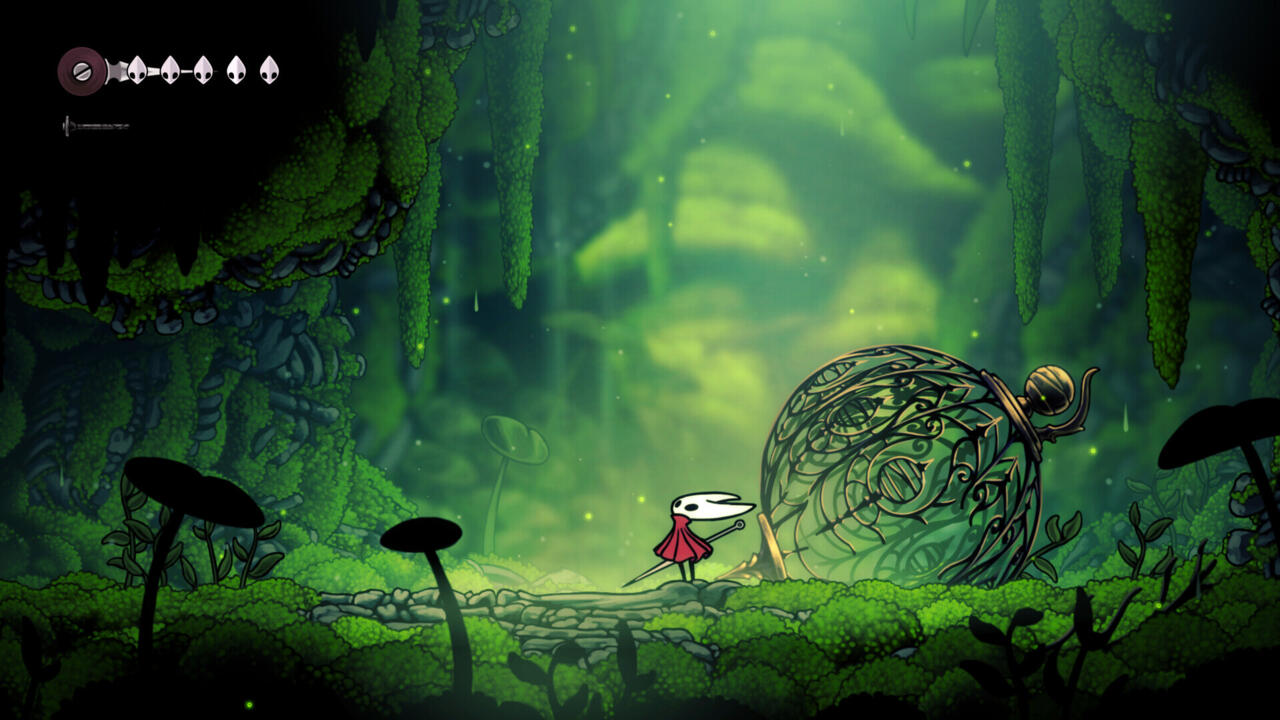Hollow Knight is a venture into Hallownest’s depths, a methodical descent ever deeper into the quiet stillness of a long-dead kingdom in a desperate attempt to understand why this civilization fell, what possesses only some of its bug citizens to revert into unthinking and violent insects and not others, and what it is we’re even doing there. There are no concrete answers to be found or a set path to follow; there’s barely a discernible objective for almost the entire game. It is a story built around curiosity, only rewarding snippets of Hallownest’s fascinating history to those who venture for no other reason than wanting to do so. It’s one of my favorite games of all time, and its sequel, Hollow Knight: Silksong, is even better.
In some ways, you can tell that Silksong started out as an expansion to the first game. It plays largely the same, and long-time fans will fall into the familiar rhythm of pogoing off enemy heads and deadly saw blades with downward slashes, frantically healing during brief breaks in an intense boss fight, parrying an attack with a well-timed slash, and breathing a sigh of relief upon reaching the next bench and setting a new spawn point.

It’s not all exactly the same: Hornet’s downward slash is initially her trademark diagonal dive (but you can change it later!), for example. But Silksong feels like more Hollow Knight. The rhythmic acrobatic nature of combat, rewarding feeling of success from defeating a tough-as-nails boss, and sense of wonder at discovering that there is, in fact, another area to explore are all here. Team Cherry created a superb gameplay loop in the first game, and that fantastic formula continues to shine in Silksong years later.
